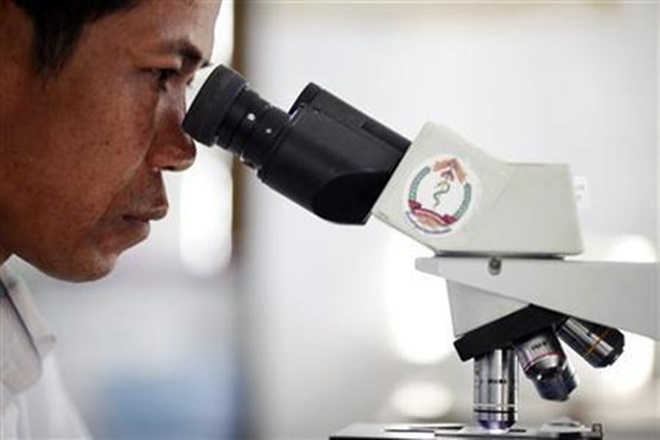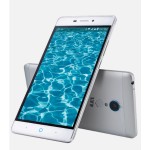
Scientists have developed a transparent, ultrathin film that is highly conductive and stretchable, a major
advance that may lead to roll-up touchscreen displays, wearable electronics, flexible solar cells and electronic skin.
The film consists of a mat of tangled nanofibre, electroplated to form a “self-junctioned copper nano-chicken wire” has been produced by researchers from the University of Illinois at Chicago (UIC) and Korea University.
“It’s important, but difficult, to make materials that are both transparent and conductive,” said Alexander Yarin, professor at UIC.
ALSO READ: Why boys do better in science exam than girls, explained
The new film establishes a “world-record combination of high transparency and low electrical resistance,” the latter at least 10-fold greater than the previous existing record, said Sam Yoon, a
professor at Korea University.
The film also retains its properties after repeated cycles of severe stretching or bending, Yarin said – an important property for touchscreens or wearables.
Manufacture begins by electrospinning a nanofibre mat of polyacrylonitrile (PAN) whose fibres are about one-hundredth the diameter of a human hair.
The fibre shoots out like a rapidly coiling noodle, which when deposited onto a surface intersects itself a million times, Yarin said.
“The nanofibre spins out in a spiral cone, but forms fractal loops in flight. The loops have loops, so it gets very long and very thin,” Yarin said.
The naked PAN polymer does not conduct, so it must first be spatter-coated with a metal to attract metal ions. The fibre is then electroplated with copper – or silver, nickel or gold.
The electrospinning and electroplating are both relatively high-throughput, commercially viable processes that take only a few seconds each, according to the researchers.
“We can then take the metal-plated fibres and transfer to any surface- the skin of the hand, a leaf, or glass,” Yarin said.
An additional application may be as a nano-textured surface that dramatically increases cooling efficiency.Yoon said the “self-fusion” by electroplating at the fibre junctions dramatically reduced the contact resistance.
Yarin noted that the metal-plated junctions facilitated percolation of the electric current – and also account for the nanomaterial’s physical resiliency.
“But most of it is holes, which makes it 92 per cent transparent,” Yarin said.
The finding was published in the journal Advanced Materials.
Source: financialexpress.com









































